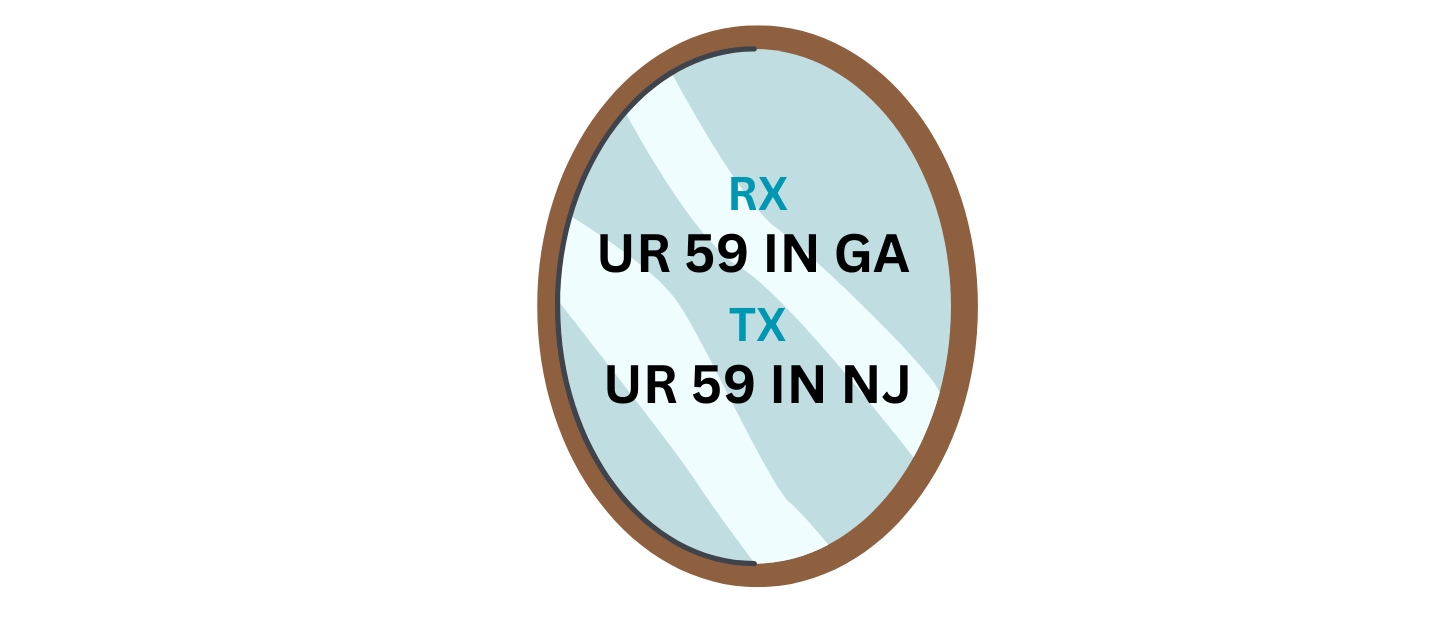Understanding Mirroring in ham radio refers to the practice of answering another operator using the same message format, spacing, and structure that they used. This approach simplifies logging and copying, especially during high-speed or contest-style exchanges.
Because operators often send concise information like call signs, signal reports, and locations, mirroring ensures the reply matches their rhythm and layout. Moreover, it helps prevent confusion and reduces the chance of transcription errors when signals are weak or fading.
Why Mirroring Matters
Mirroring improves clarity and consistency in two-way communications. When one operator sends information in a specific pattern, replying in the same structure allows both stations to anticipate what comes next.
As a result, each operator spends less time decoding unfamiliar message formats. Furthermore, in contests and DXpeditions, where time is crucial, mirroring speeds up the overall exchange. It also makes it easier for both stations to verify that all essential details, such as reports or grid locators are properly received.
In addition, mirroring provides an unspoken courtesy among experienced operators. Since every ham understands the value of efficiency, returning information in the same form shows respect for the other station’s preferred communication style. Over time, this habit strengthens coordination and creates smoother on-air interactions.
How to Mirror Effectively
To mirror effectively, start by carefully listening to how the other operator transmits their information. Pay attention to the sequence of call signs, the order of signal reports, and whether they use abbreviations or complete words. Once you understand their structure, respond in the same format. For example, if an operator sends:
“CQ CQ DE N0ABC N0ABC K”
you would reply using the same pattern:
“N0ABC DE W1XYZ W1XYZ K”
This mirrors their call format exactly, making it easy for them to copy and confirm your transmission.
When exchanging signal reports, follow the same approach. If they send “UR 599 599 73,” you should respond with “UR 599 599 73 TU” or similar. Because the rhythm and length remain consistent, both operators know when the exchange is complete. Additionally, mirroring can apply to digital modes like FT8, PSK31, or RTTY, where maintaining the same structure ensures proper decoding and smooth automation.
Adjusting to Different Modes and Styles
Different operating modes require slightly different mirroring techniques. In voice (SSB) communication, mirroring often means repeating the same word structure and tone. For example, if a station says, “You’re five-nine in New Jersey,” you might respond, “You’re five-nine in Florida, thanks, and 73.” This mirrors both their signal report and closing style.
In CW (Morse code), mirroring becomes even more precise. Since operators send information in structured sequences, copying that format helps both ends maintain speed and accuracy. For instance, if one operator uses “UR RST 579 QTH NY,” you can reply “UR RST 579 QTH PA.” Because the sequence and spacing match, both signals are easier to log accurately.
Digital modes rely on automated message templates, but mirroring still applies. Even when using macros, keeping your response format aligned with the received message reduces software confusion and minimizes missed decodes.
Advantages of Mirroring
Mirroring offers multiple advantages that directly improve communication effectiveness. First, it increases copying accuracy. Since each operator follows the same rhythm, errors from timing differences or missed characters drop significantly. Additionally, mirroring speeds up exchanges, allowing more QSOs during contests or DX chases.
Moreover, mirroring reduces cognitive load. Because the operator doesn’t need to interpret a new message structure, they can focus more on decoding faint signals or logging accurately. This consistency also makes automated logging tools work more efficiently, as they recognize predictable patterns.
Another advantage lies in courtesy and professionalism. Mirroring demonstrates that you’re attentive, respectful, and aware of operating best practices. Experienced operators often appreciate when others reply in the same rhythm, since it shows competence and consideration.
Practical Tips for Mastering Mirroring
To master mirroring, practice copying various on-air exchanges in real time. Listen for common phrasing and pattern differences between operators. Then, simulate responses that mirror each format accurately. Over time, this exercise builds reflexes that help you respond instinctively without hesitation.
In digital contests or DX operations, prepare macros that match standard reply formats. Because these formats are uniform, you can easily mirror the other station’s call flow. Additionally, always verify that your logging software matches your exchange style, ensuring smooth integration with automated systems.
Finally, remain adaptable. While mirroring focuses on matching the other operator’s structure, avoid forcing patterns when the situation changes. If a weak signal requires simplified communication, prioritize clarity over symmetry. Successful mirroring depends on understanding when to follow and when to adjust.
Building Efficiency Through Understanding Mirroring
Understanding Mirroring becomes a natural part of efficient communication. It helps both operators exchange information faster, with fewer repeats and errors. Since this technique aligns formats between stations, it turns every QSO into a smooth, predictable process.
By mastering mirroring, you not only improve your own response speed but also contribute to cleaner and more effective global communication. Whether you’re chasing DX, participating in contests, or simply having a casual QSO, mirroring ensures every exchange remains clear, accurate, and professional.
Please consider Donating to help support this channel
